Photokina 2016 – rolling coverage
Every 2 years, Photokina – largest photo exhibition in Europe and one of the largest in the world is opening its gates in Cologne. It starts tomorrow – 20.9.2016 and we will be there.
If you can, come and visit this event, because it really worth it, and if you can’t but you still want to get a bit closer, you can ask here about things that you are interested in and we will try to give you answers.
You can either use comment board bellow or you might open new threads in our forum section, if you expect more people will join discussion.
Here is the link to the dedicated forum – http://www.verybiglobo.com/forums/forum/photokina-2016/
DAY 1
My first day on Photokina 2016 was very sad day unfortunately.
Coming to Zeiss exhibition I was looking forward to meet with Dr. Hubert Nasse, chief scientist in Zeiss and man who was living trade mark of the company in the eyes of many enthusiasts. Unfortunately I was shocked to hear that Dr. Nasse suddenly passed away in the age of 64.
World of photography lost not only one of the greatest experts in optics, but also great person and spirit that will never be forgotten.
Thank you for all Dr. Nasse!
On the positive side, if you manage to go to Heaven, I am sure you’ll have some great lenses to play with there.
It took me a while to get back to reality so I asked Mr. Andreas Bogenshütz, great photographer and Zeiss ambassador, to show me new Zeriss Loxia 85/2.4, one of the main reasons why I come to Photokina.
Here is my hands on mini review.
Zeiss Loxia 85mm f/2.4
New lens is very thin in comparison to most other 85mm lenses that I know. On the other hand, its weight is substantial and length is essentially same as Milvus or Otus (I mean transport size, with reversed hood). Nevertheless, width is usually more problematic than length for packing, thus we can say that Loxia 85/2.4 is one of the smallest lenses in its category. Built quality is great as with any other Loxia lens, and there is certain level of weather protection.
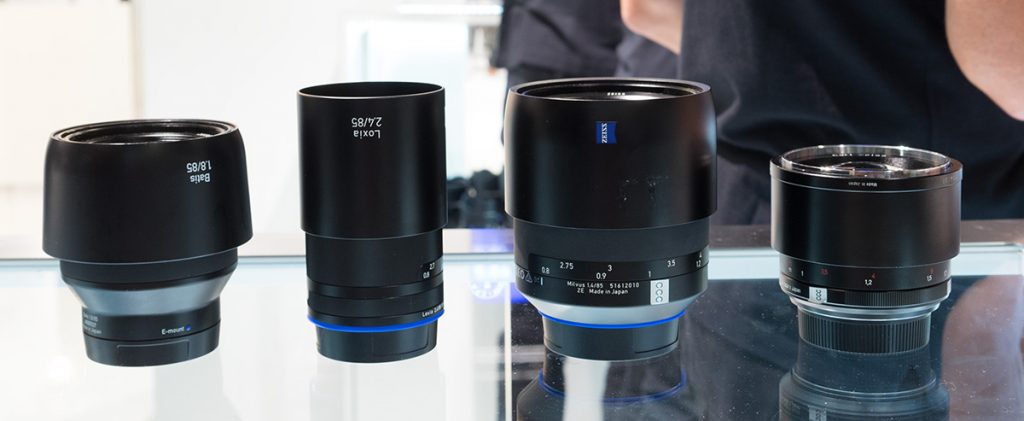 Lens looks and feels like a gem and its balance on my Sony A7II is as good as it can be. While the whole body still rotates when you try to mount it, it is much more pleasing experience (because of longer body) than with 21/2.8 e.g.
Lens looks and feels like a gem and its balance on my Sony A7II is as good as it can be. While the whole body still rotates when you try to mount it, it is much more pleasing experience (because of longer body) than with 21/2.8 e.g.
I had a short interview about new Loxia with Zeiss camera lenses product manager, Mr. Cristophe Casenave, which I will publish soon, and the key message was, that Loxia 85/2.4 (actually whole Loxia line) is designed with the small size but uncompromising image quality in mind. That of course resulted in the rather moderate speed, but truth is, that quite a few Sony users on forums have been asking for compact portrait lens, even slow if it has to be (and it has, damn physics), something like Zeiss Tele-Tessar 85/4 in M mount.
Here it is and it is faster than Tele Tessar.
There are two positive things which I’d like to mention – first, without a doubt, Zeiss is listening its customers and second, Zeiss is not afraid of introducing products that won’t attract main stream.
But there is also Zeiss Batis 85/1.8, which is thicker but lighter, has AF and undoubtedly very good IQ too. I am not however worried that Batis will significantly affect sales of Loxia (well, at least money will stay at same house), but what might be a problem for Loxia 85/2.4, is the world of legacy lens options.
Zeiss Sonnar 90/2.8 Contax G or Zeiss Sonnar 85/2.8 C/Y, are just few to start with, are serious contenders for the fraction of the Loxia 85/2.4 price.
To make things even more complicated, believe it or not, for some users those legacy lenses might have even higher appeal, because most of them can be adapted for AF functionality with Techart Pro adapter, while Loxia can’t. Strange world…
How can then Zeiss managers sleep well and believe in its success?
There is only one answer that I can think of – it’s got to be a great lens and they know it.
Let me tell you right here, it’s not a great lens, it’s amazing!
For portrait lens there are three things that I care about – sharpness, look of the blurred background, lack of CA, especially purple fringing.
Not only that new Loxia is ticking all those boxes, but it ads more – brilliant back-light performance and compact size.
Speaking about sharpness, I was lucky that beautiful lady from Zeiss team, who I asked if I can take her portrait, didn’t refuse. She wasn’t exactly happy (you won’t either if you’ll see me), and the light was the worse that could be for taking portraits, but take a look at the result.
The biggest problem with shots like this is to prevent any camera or subject shake. People will look at it and if there is slightest blurriness, they will accuse lens. I also had only 1/40s, because I tried to keep ISO low, but IBIS of A7II did help. Bellow is crop of the focus area, without any sharpening in the post processing, except for the standard Lightroom CC.
There is no doubt, that Loxia 85/2.4 is sharp, probably more than enough. While this shot was taken with rather moderate distance, the following shot was taken at larger distance, and sharpness is still great (but ISO is higher this time)
And at very close distance… (please keep in mind DOF)
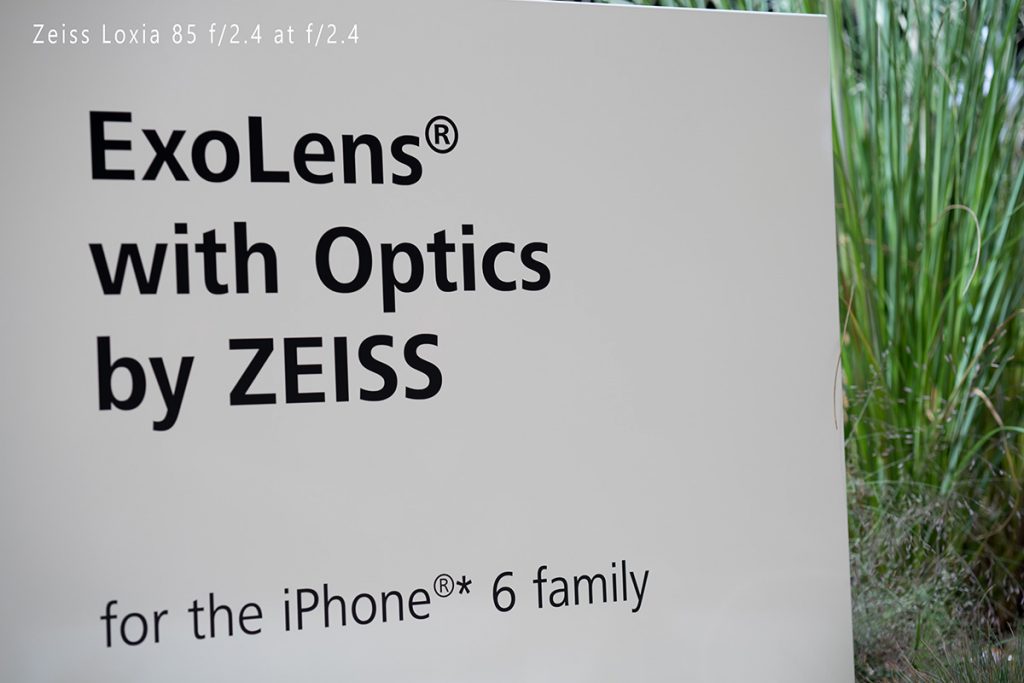 Did I forgot to say that Zeiss is producing also lenses for iPhone? Maybe because I really don’t care…
Did I forgot to say that Zeiss is producing also lenses for iPhone? Maybe because I really don’t care…
Mr. Andreas Bogenshütz deserves the highest Verybiglobo award (that we don’t have unfortunately), for its endless patience and politeness with a PITA client such as myself, when I am trying to create comparative test in between 200 curious visitors, journalists, bloggers and photo enthusiasts, most of whom has more time than money. Mainly thanks to him, I can present now one of the first brief comparative results between Zeiss Loxia 85/2.4, Batis 85/1.8 and Otus 85/1.4.
We can’t post on Verybiglobo original size files yet (well we can, but you might not live long enough to open them), so bellow is the gallery of the original shots at smaller size and one crop comparison between three lenses. You can however open files in their original size if you go to related Flickr Album – https://flic.kr/s/aHskK5ufJp
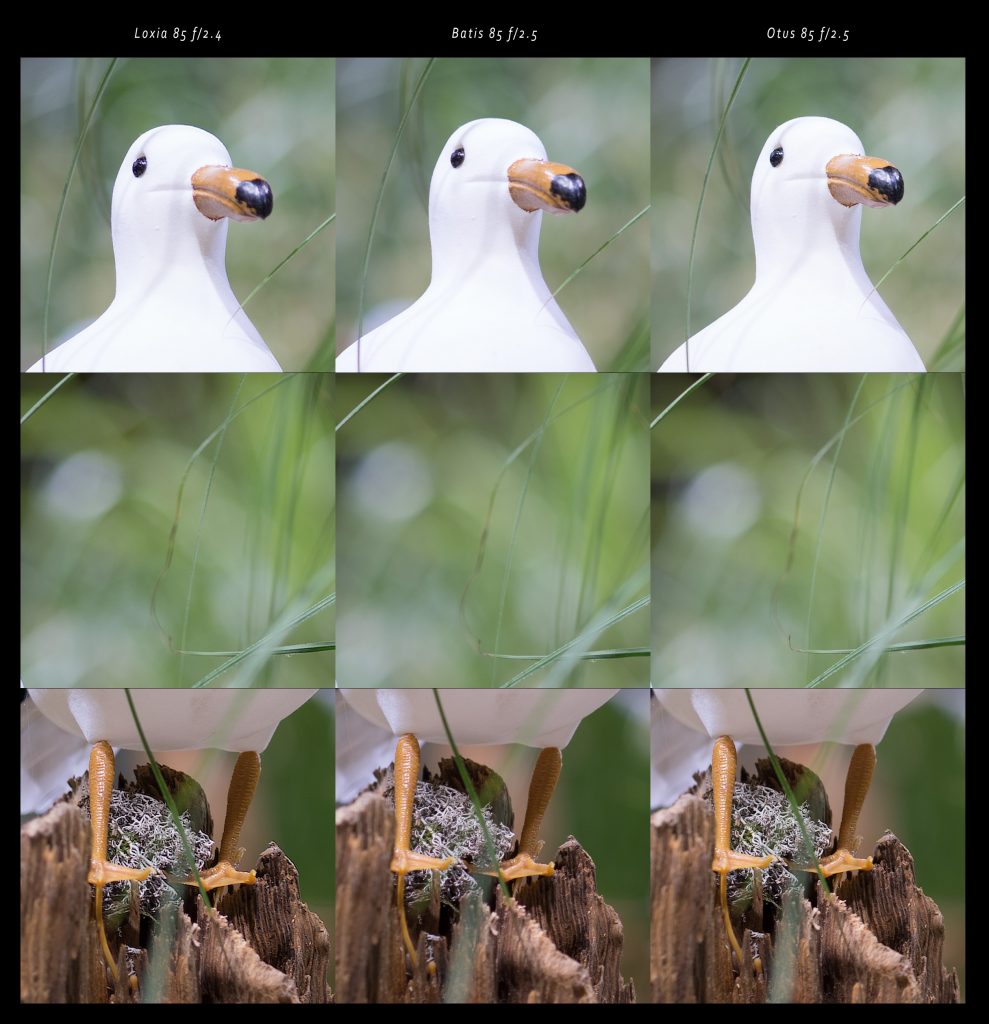 Don’t see much difference? That’s because they are all great lenses. Don’t forget that Loxia is wide open, while other two lenses are already stopped down.
Don’t see much difference? That’s because they are all great lenses. Don’t forget that Loxia is wide open, while other two lenses are already stopped down.
Zeiss installed the seascape scene in the lens testing area. That means lot of white seagulls under lot of harsh spot lights. This combination usually lead to problems with CA and tend to show lot of purple fringing at the edges. As you can see above, it is not the case with any of those lenses, but except for the Loxia, they are all stopped down. This is really great performance.
You will find a little PF in extreme situations, lens is not as clean as mighty Otus, but it is certainly on par with Milvus and slightly better than Batis.
For the bokeh, there simply isn’t good testing background, so I can rather write about my impressions than showing you results. Loxia 85/2.4, just like Milvus 85/1.4 doesn’t have aspherical glasses in it’s construction (but it has some very expensive glasses instead, according to Mr. Cristophe Casenave – product manager), so we won’t see onion rings in the highlights. On the other hand, I tend to see a slight effect of the sphero-chromatic aberration in some highlights, so the background blur should have similar appearance as with Milvus 85/1.4, only that because of the speed, the amount of blur for subject separation is limited in comparison.
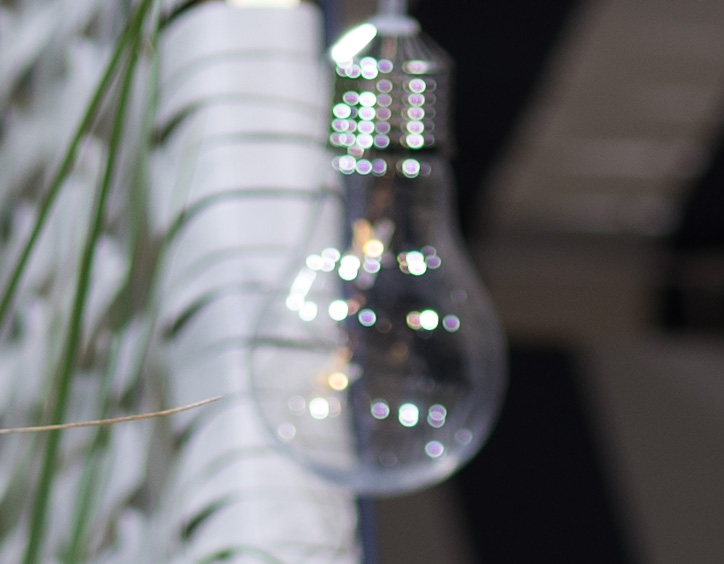 Distortion is negligible and not so important at this focal length and vignetting seems to be similar as with most other Zeiss lenses (rather high).
Distortion is negligible and not so important at this focal length and vignetting seems to be similar as with most other Zeiss lenses (rather high).
All in all, Loxia is great portrait lens, that you will actually take with you, because it will nicely fit in your bag with other Loxias. Not like my Otus, that is probably optically better, but that doesn’t really help when it stays on the shelf, most of the time.
Should you buy Loxia or Batis for your Sony? Take it that way – you are either Batis Man or Loxia Man, I can hardly give you better advise.
Few more images with new Loxia 85/2.4
I managed to briefly visit few other key player stands, but didn’t spent much time there.
Canon is all in the colors of 5D mark IV and new M5. Both cameras are bringing some really great features and they both deserve much more time thanI recently have. So in short – what are key features of Canon Mark 5D IV? On top of already very good 5D Mark III, it’s only weak spot was low dynamic range, Mark IV brings new 28 mpx sensor with improved dynamic range, even faster and more accurate focusing thanks to the dual pixel technology and I would say – key feture – possibility to shift the focus in the captured RAW file in post processing, if you missed it on the spot. While this sounds a bit like Lytro (RIP Lytro photo program), it’s actually quite different technology. This feature alone might be a very good reason for many professional photographers, dealing with complicated surrounding with lot of unpredictably moving subjects (such as wedding e.g.), it won’t help with motion blur caused by camera shake or slow speed vs subject movement. But it is great feature for sure.
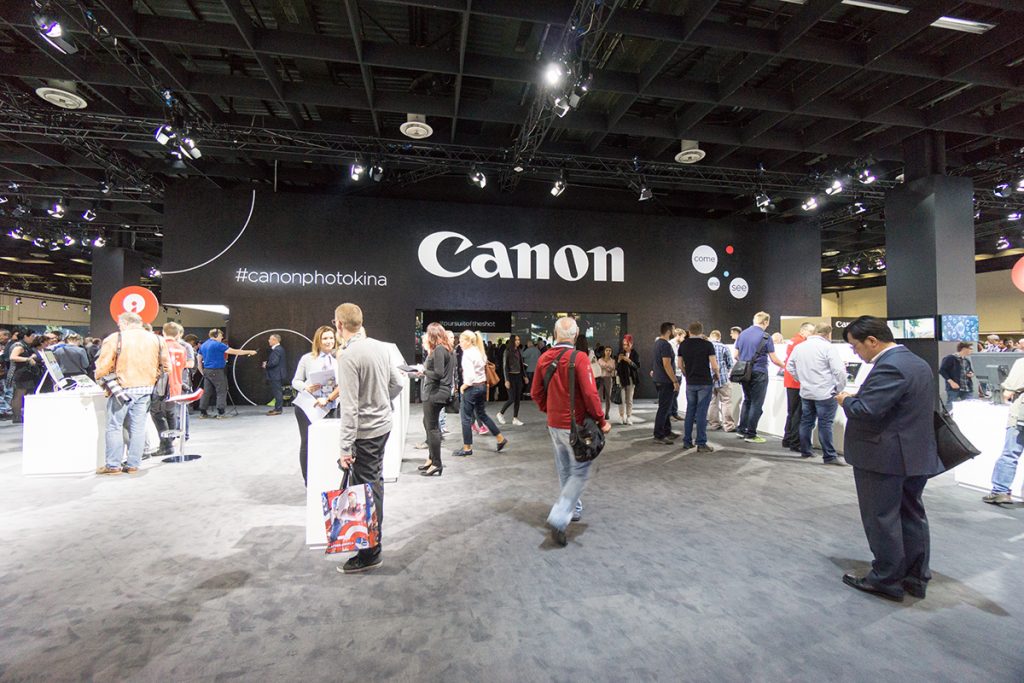
When it comes to Canon M5, I agree with comments that this camera is a bit late on the market, considering that for the same price as Sony A6300, gives only Full HD video and “only” 20 mpx sensor. There is however one feature that I fallen in love straight away – change of focus point. M5 has touch screen and while you are looking through the viewfinder, you can move your finger on the screen to place your focus point where you want. This is so great way to move focus point and so intuitive, that I am seriously considering this camera just for that. It is also very nice looking camera IMHO and overall ergonomic is top notch. I will do my best to get one for testing asap. but since I don’t know anyone in Canon Czech Republic, it might end as a Mission Impossible.
Oh, I almost forgot – there is new 120 mpx Canon EOS!!!
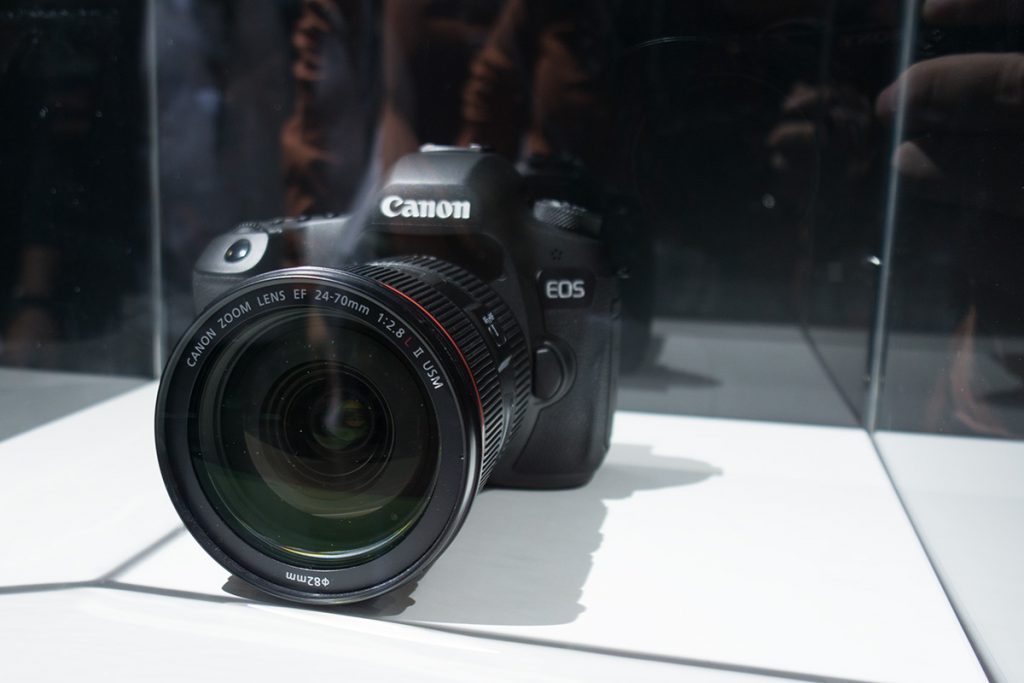 I am not kidding, there is installation of the camera prototype and some old books bellow. On top of those books there is a little lady bird (1cm tall) and focus is on its back. Thus focus on the letters in the book is slightly off and I guess half of the resolution is wasted. Oh well… I manged to capture part of EXIF info for you, take a look at the image size and start saving for Sunway TaihuLight if you want to process your images.
I am not kidding, there is installation of the camera prototype and some old books bellow. On top of those books there is a little lady bird (1cm tall) and focus is on its back. Thus focus on the letters in the book is slightly off and I guess half of the resolution is wasted. Oh well… I manged to capture part of EXIF info for you, take a look at the image size and start saving for Sunway TaihuLight if you want to process your images.
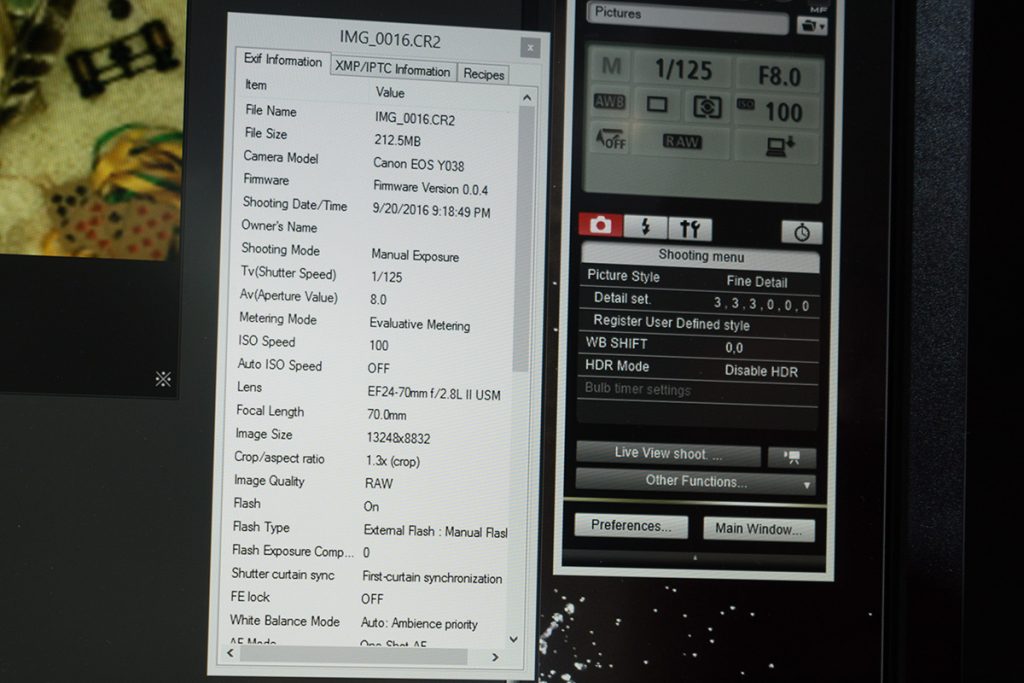 Nikon is on mission! What mission? I guess none really knows…
Nikon is on mission! What mission? I guess none really knows…
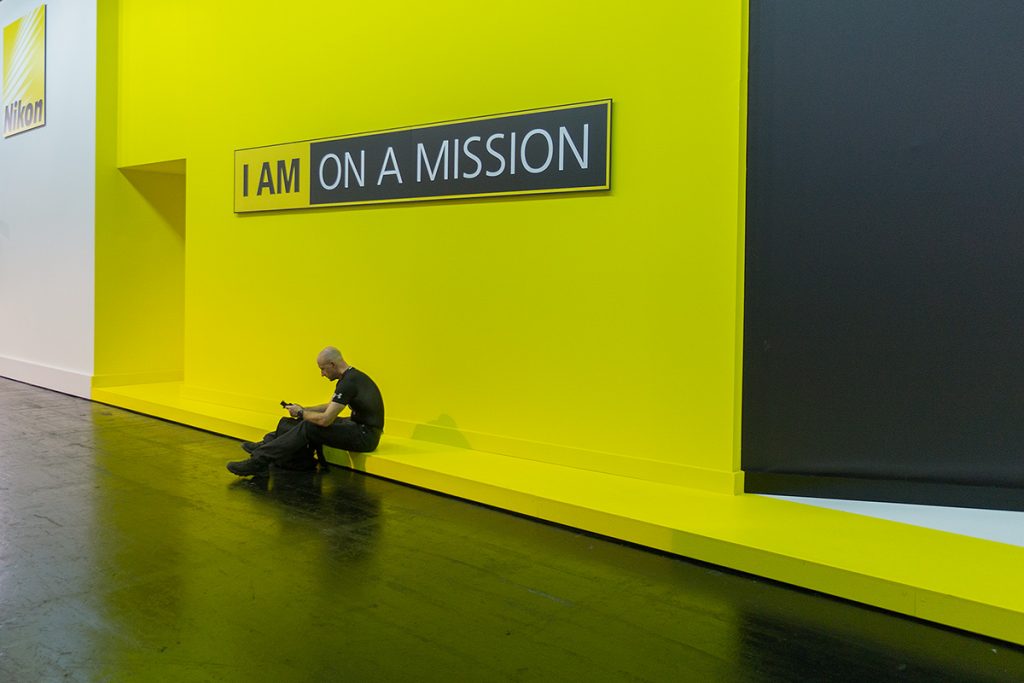 While one would expect that biggest star of Nikon exhibition will be D500, real star was small video camera KeyMission 360 or whatever that thing is called.
While one would expect that biggest star of Nikon exhibition will be D500, real star was small video camera KeyMission 360 or whatever that thing is called.
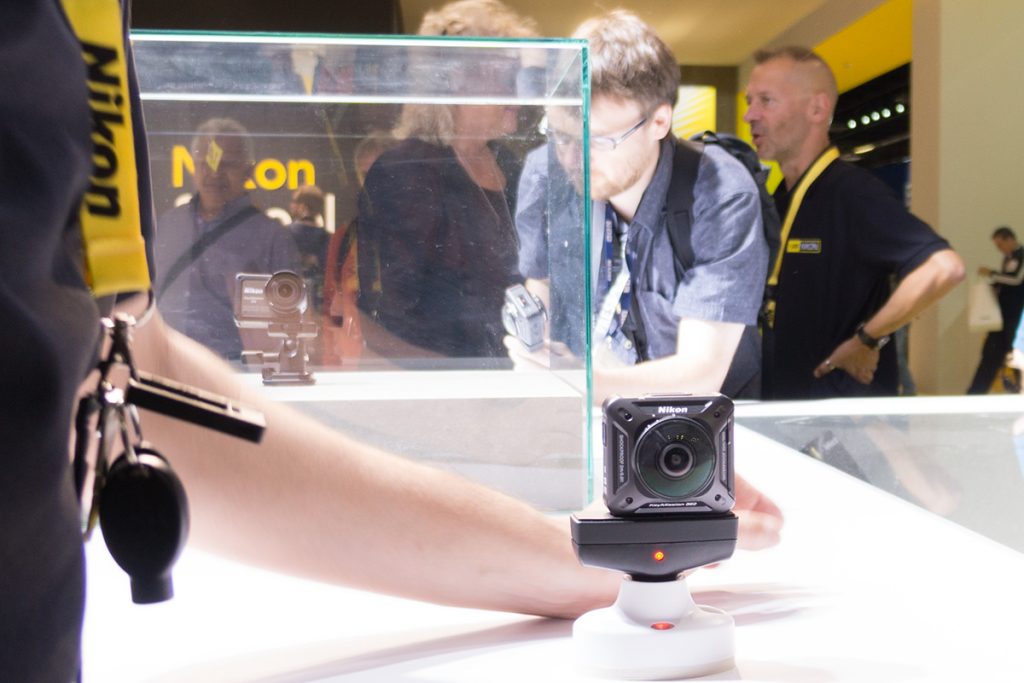 It has two lenses and it can capture 360° video that you can enjoy looking through the appropriate VR set.
It has two lenses and it can capture 360° video that you can enjoy looking through the appropriate VR set.
In general, most significant trends on Photokina are 360°video and related VR accesories. One would expect Nikon to keep its focus on photography, but those times are over…
Looking at most big brands around, I can’t avoid the feeling that traditional marketing which used to build brands based on their core values, their DNA and resulting stability, strength and competitive proposition are replaced with something that I call shotgun strategy – fire on all sides and adapt according to the market reaction. This is not bad thing from the user point of view but IMHO, it pushes importance of the brands even further behind the product itself, and we might end with a bunch of private labels, all made in the global factories. This is for much longer elaboration and I might get once to it, but not now.
I tried briefly Lensbaby Twist 60 optics, and it seems to be actually very interesting Petzval sort of lens, which I would love to review. Anyone want to buy me one?
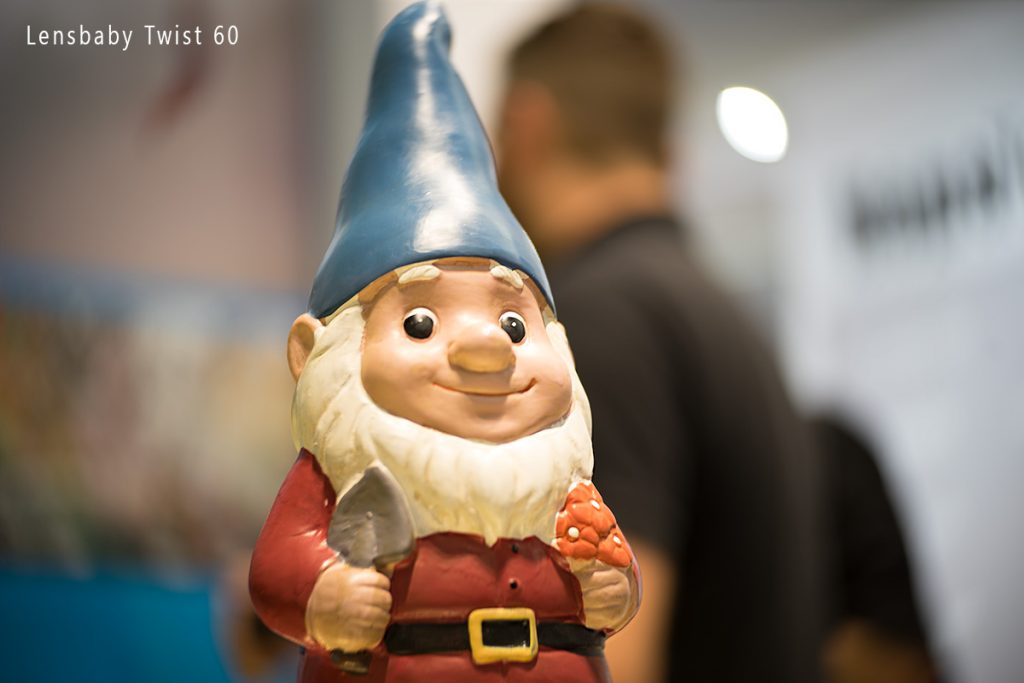 Their Velvet 56/1.6 didn’t ring any bells, as I can get similar effects with my modified Helios 44.
Their Velvet 56/1.6 didn’t ring any bells, as I can get similar effects with my modified Helios 44.
For some reason I didn’t realize that Benro is making filters. Very good filters. Actually, their filter holders are looking and feeling better than famous LEE stuff, and most of the filters they offer are glass and not resin, but the prices are very steep, just as LEE.
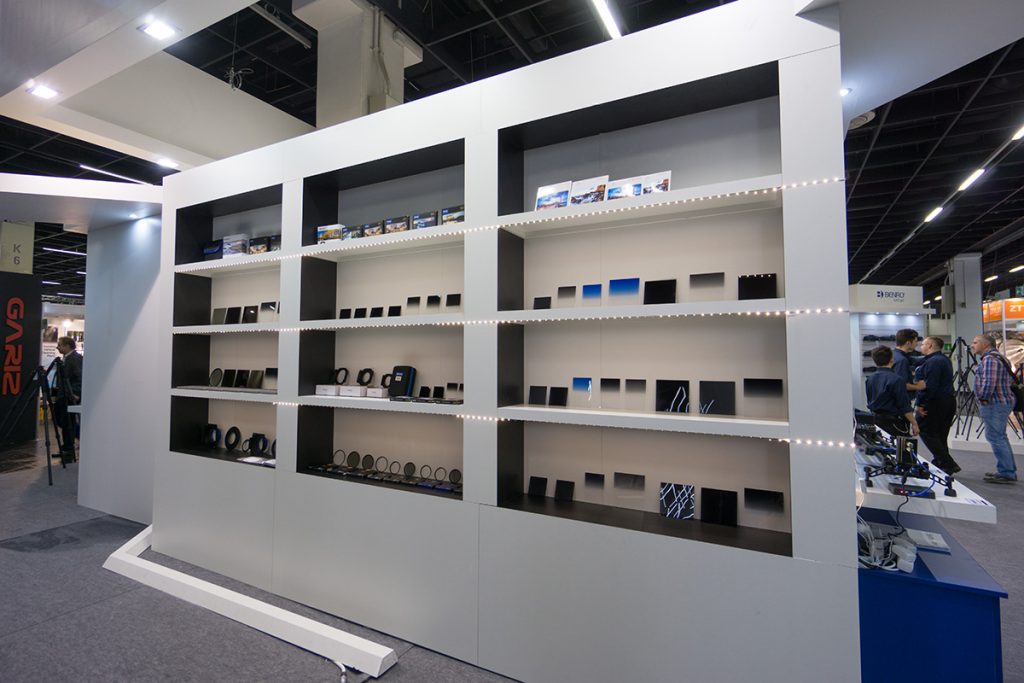 LED lighting revolution is on going trend, and together with all sorts of camera supports, such as motion controlled rails, sliders, 3D heads, time-lapse modules etc. there are virtually thousands of new ways to improve your lighting and video. I’d love to have them all, but I have no idea what I would do with most of them.
LED lighting revolution is on going trend, and together with all sorts of camera supports, such as motion controlled rails, sliders, 3D heads, time-lapse modules etc. there are virtually thousands of new ways to improve your lighting and video. I’d love to have them all, but I have no idea what I would do with most of them.
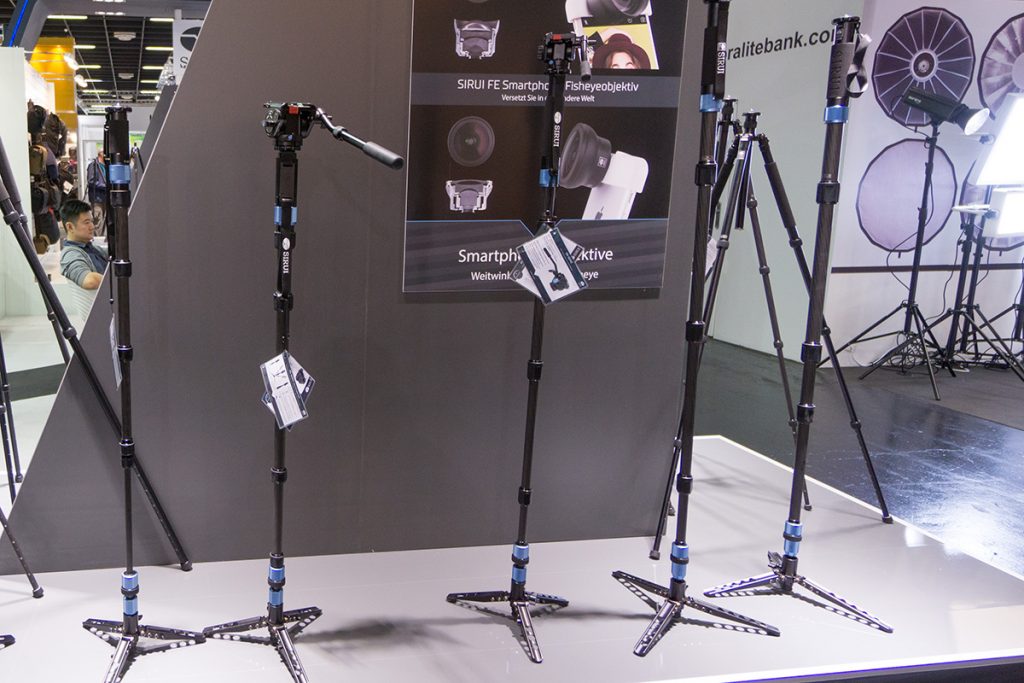
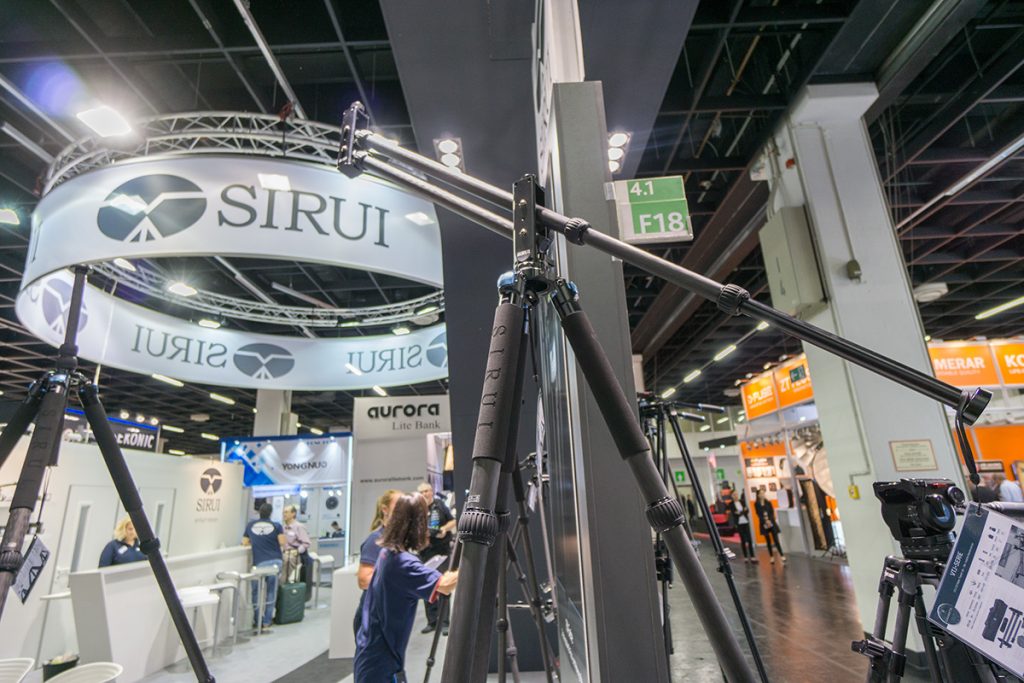
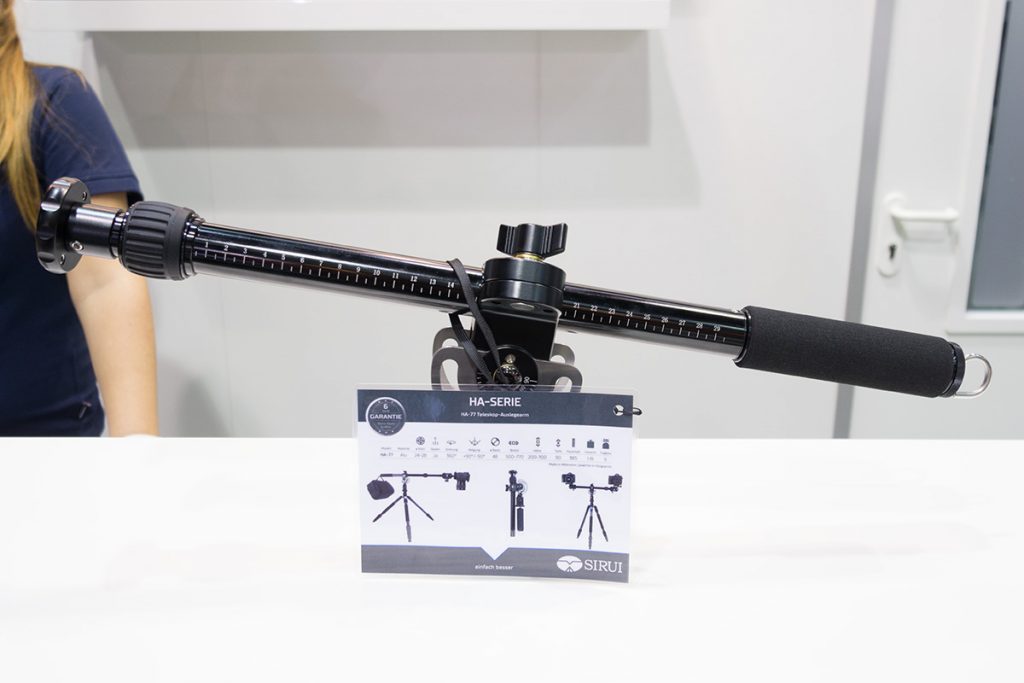 To close 1st day experience, here is the stand of one famous and one new brand next to each other.
To close 1st day experience, here is the stand of one famous and one new brand next to each other.
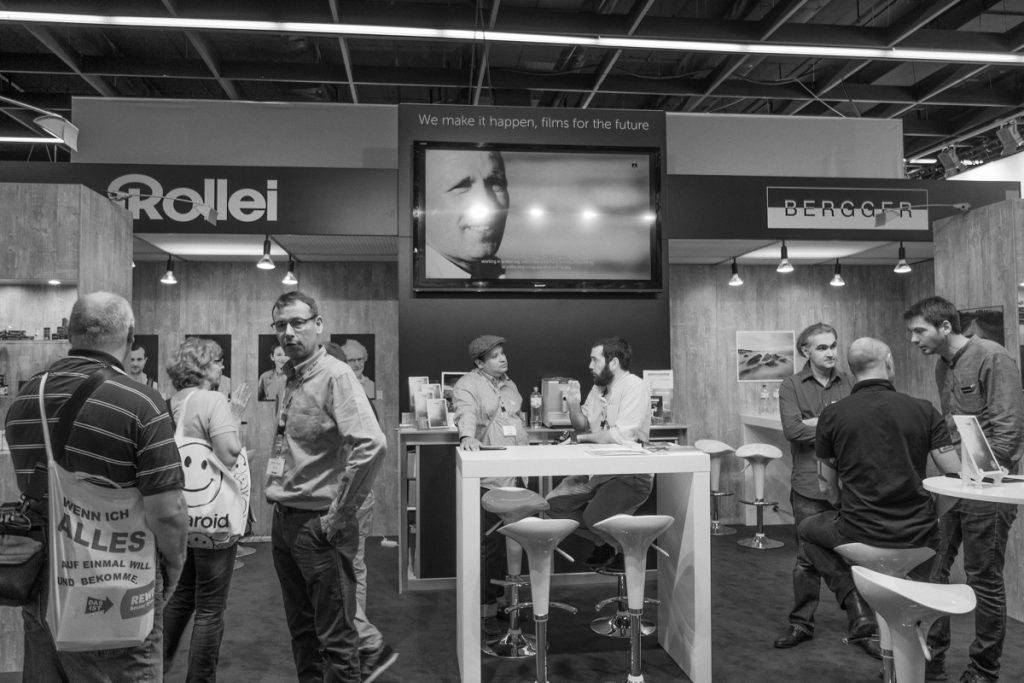 Berger introduced new B&W film – 400 Pancro and images they are showing looks amazing. Film is not dead!!!!
Berger introduced new B&W film – 400 Pancro and images they are showing looks amazing. Film is not dead!!!!
I managed to speak with Mr. Ben Pilling – manager of Sony European Technical Product Marketing about new A99MII and differences in comparison to A7RII. He also told me when the new Sony A7MIII is coming – “Ha, ha” he said.
Day 2
This place is so huge that I could spend another month, still discovering new exciting exhibitions. It takes almost 30min to walk from the press center in the North part to the hall 1 and every 10-15 meter you have to stop and look to some great gadget.
You can also meet most of popular blogger faces, such as Jarred (FroKnowsPhoto) or Kei (I think) from Digital revue. Kei was just trying new Hasselblad x1D, with two pair of glasses, one of which were very dark. I just hope he doesn’t judge image quality with those on head.
Let’s move.
Leica – I managed to capture few shots with M240 and 24/1.4 lens which I find really beautiful. When I was there, I also captured few shots with the monstrous SL and dedicated 24-90 lens. I’ll have to check them when I get back home.
I arranged shooting with Hasselblad x1d tomorrow at 2pm in their installed studio. I still don’t know if they will let me use my memory card to take files, but let’s hope for the best.
I had a brief hands on experience with a new Micro 4/3 mirrorless Yi, which has almost exclusive touch screen interface and very affordable price consdering great Sony 20 mpx sensor inside.
I spent quite some time trying all different modes of Sony A99 MII autofocus system. My first impression – WOW. I wasn’t allowed to put my card in the camera, so I can’t really comment about accuracy and IQ, but that thing is a speed demon. Everything is fast and shooting expirience at those 12 f/s is not far from the top Pro Canikon models. Than I relized how masmerizing that machine gun sound of Hi+ drive mode is, and why Sony had to improve the life span of the shutter.
I also tried new macro 50/2.8 for e-mount and my first impression is also positive. It’s maybe not as fancy as it’s larger and longer brother, but it feels and performs as expected and it might be very good option for someone looking for standard lens with occasional macro capabilities (flower lovers?).
There will be more to write about, some shots with Lomo art lenses and few more shots with Sony 85/1.4GM and 50/1.4GM (man, that lens is huge!!!)
The best thing about today is that I finally managed someone to get sorry about my look and state of mind and to invite me for a dinner! Sorry guys it’s a free dinner, something I learned never to refuse, so no more news tonight, but remember, I am coming back tomorrow for the last time this year, so if you have any questions… you know the drill.
Day three – see you in 2 years…
Today was my last day here on Photokina. I spent some time on Sony booth, trying to evaluate focus speed of a new Sony FE 50/2.8 macro. It was quite though, because one of Sony representatives didn’t want to let me move just few meters from the stand, in order to get better shooting scenario. Guy was very uncooperative and that always makes me a bit dissapointed and angry. I moved to another guy and make few videos from there, trying to show focus speed, but than I left Sony deciding not to test other lenses which I originally wanted to try. In those conditions it won’t be fair anyway…
Who ever took a part on this type of trade events, would know that there are few critical days… days which starts with couple of beers for the dinner, continues with couple of something stronger in the hotel pub and ends with whatever is in the room mini-bar.
This was one of those days.
The shining glory of company colors was muted by few extra grades of alcohol, so it wasn’t only Sony were I met uncooperative representatives…
I forgot to tell you that there is a rental booth next to the hall 9 where poor bloggers like me, without active youtube channel and amazing video reviews (in which you can mostly get press informations in audio video form with smaller or larger dose of humor) get some attention and are offered to rent some equipment. Yesterday I took Sigma 24-35/2 Art with MC-11 and I was positively surprised with its usability and image quality (less so with size and weight) and today I rented Kodak Pixelpro 360 4K double set – two small 360* action cams mounted back to back on some sort of extendable selfie stick. My idea was to stop here and there and shoot few seconds of 360* video. I did that, but I have no idea what is on cards right now and if I will be able to make something of it. Stay tuned.
I stopped also on the Godox booth, because I am looking for reltivel cheap led panels and I was interested in their Godox 600 falsh head. Normally you can’t buy stuff on Photokina (at least not before last day), but I saw someone buying stuff from them, so I asked nice lady (she wasn’t on the dinner last night) about the orice of a beautifull, light, thin but quite big led panel with very soft light. She said – “that one is not for sale, but everything else is.” Damn, is that my bad day or what? “Would you sell it for me if I write a review of it?” I asked. She went to ask her boss and get back with the positive answer. “But I need two pieces, I will write about both of them I promise!” “No,no,no, I can’t sell you two, only one! It’s a prototype!”
Well, better one than none. I don’t know what much to write about it, but it is very nice and it cost me 90EUR. I just hope to buy second soon, otherwise it would be useless to me.
Running around I stopped to see what’s new in Olympus camp where I saw new OMDEM1 MK2 (I’d love to know what those guys are taking when they name their products, and I certainly won’t let them choose my pets name). I saw it! Behind the glass. I asked representative what would he like to tell us about it – what are reasons why should I buy it instead of Panasonic, Sony or Canon. He willingly opened nicely looking brochure and started to read it. Long dinner or wrong person – your pick.
At Fuji I saw GFX 50s (it’s camera, not motorcycle). Behind the glass. With fine asortiment of the lenses. I took some pictures with lot of reflections.
Visiting Laowa stand was quite refreshing. They let me try their 15 and 12mm lenses for Sony E and my first imoression is very positive. That fifteen f two looks really promising!!!
I got to the Hasselblad booth at studio appointement. X1d looks and feels great in the hand. Firmware is however still in development so some functions are limited. I managed to capture few shots on my card and even tried one comparative shot with my Sony A7Mii. I’ll have to see what’s on the card and if I can make something usefull of it.
At Canon I grabbed few shots with 5D MIV to try that pixel shift twekaing and I shown their represntative that M5 can be set for continious focus too and that it’s not the same as face detection! He was very surprised. (Another long dinner I guess.)
I picked few infos here and there on the run and I will now try to sit and write more in detail about my Photokina experience.
Thank you all who have been following me and keep checking for new articles.
P.S I appologize to all who have contacted me via contact form or my private email. I just can’t manage to react on those, so please use comment bellow or dedicated forum. Once I get back home, I will however try to answer those questions too.
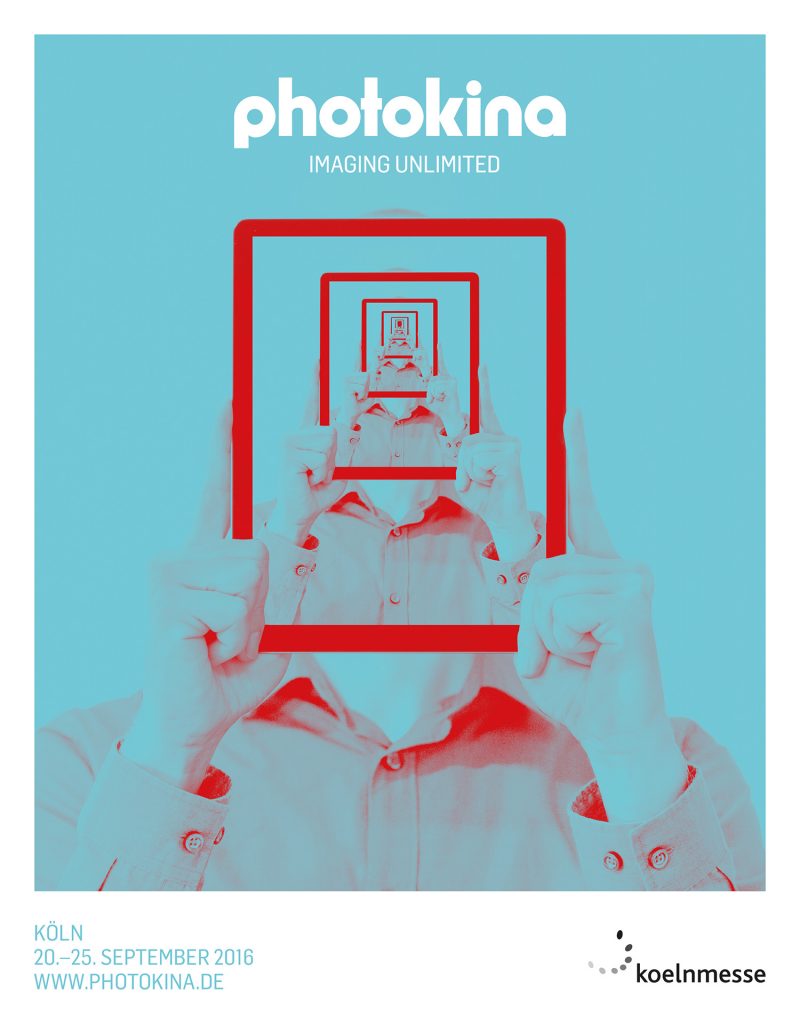
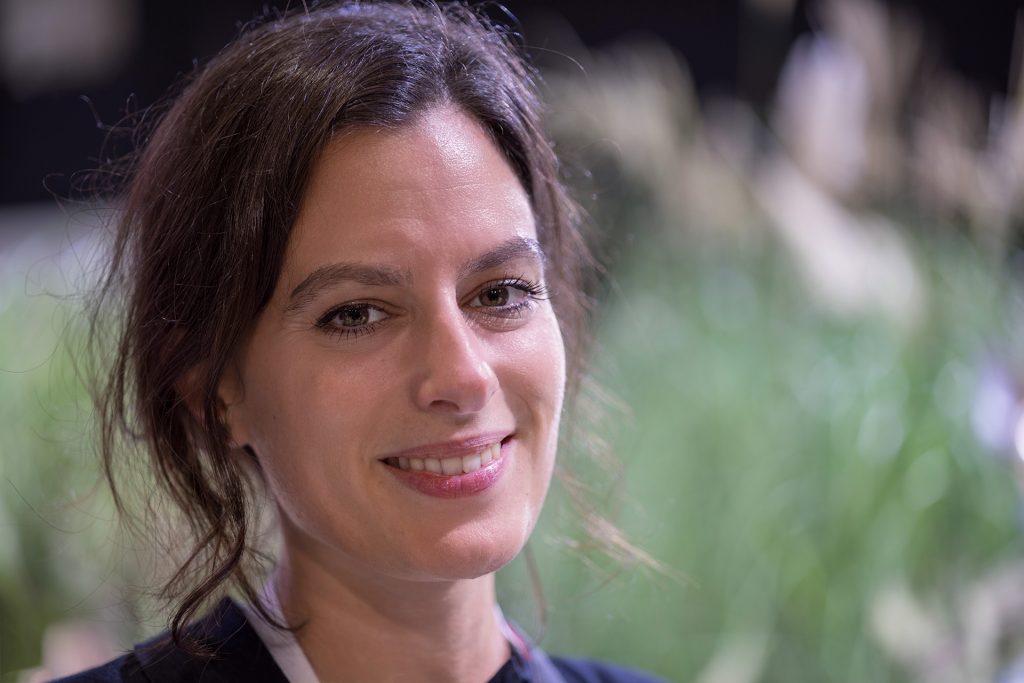
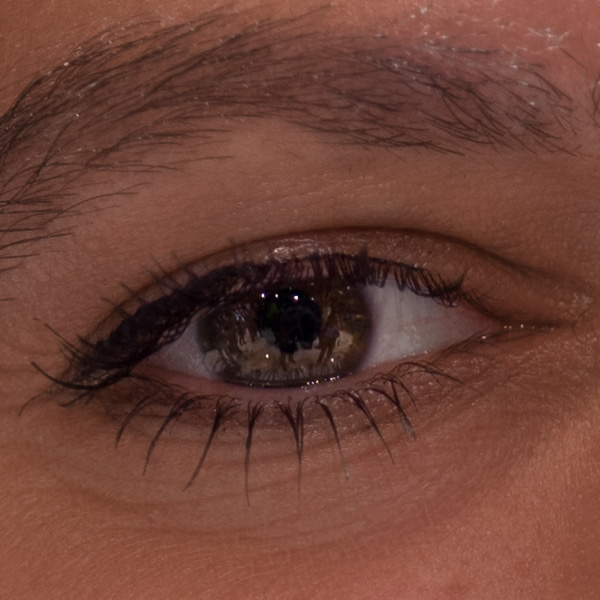
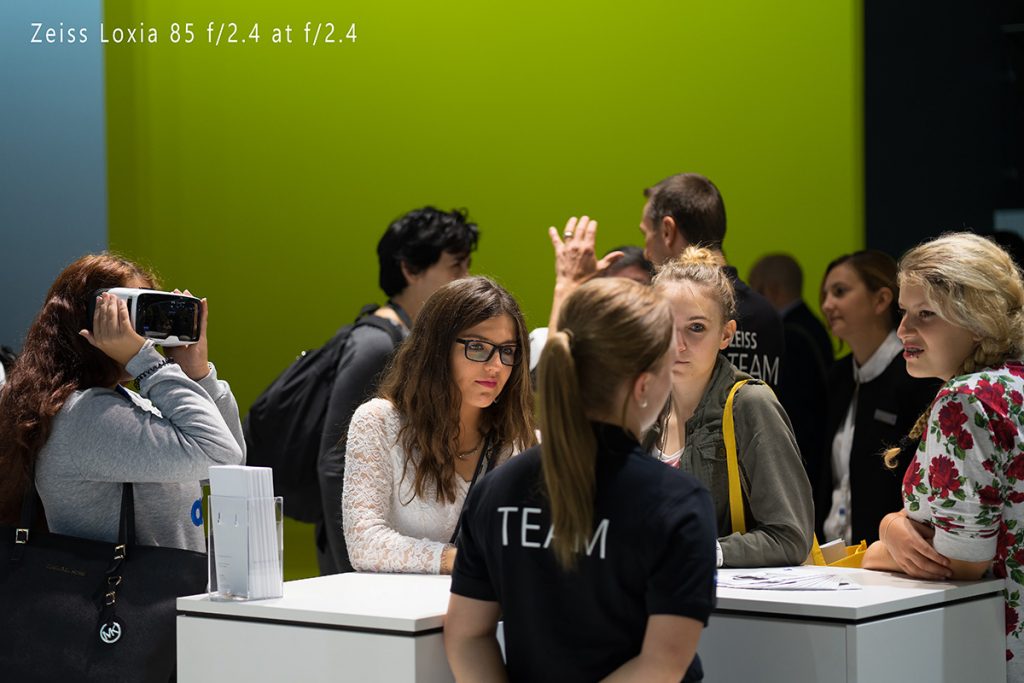
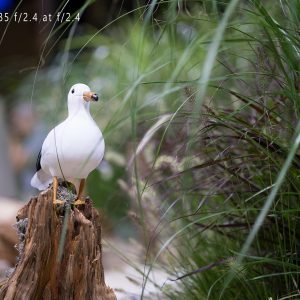
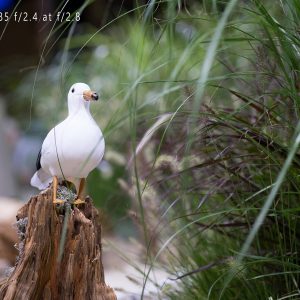
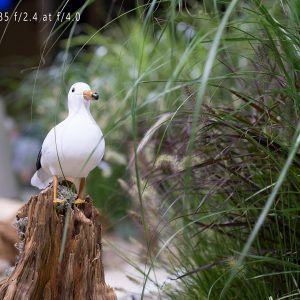
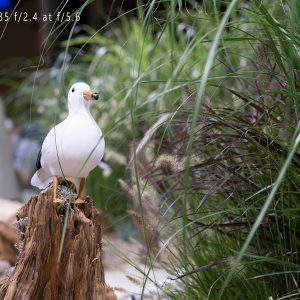
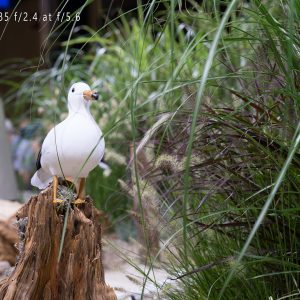
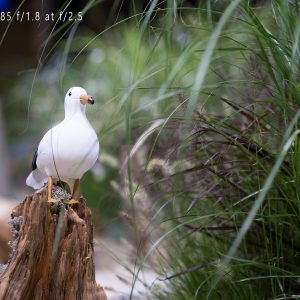
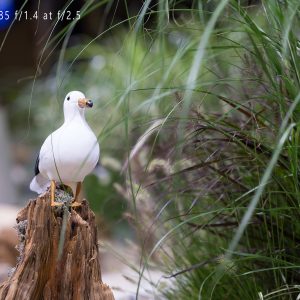
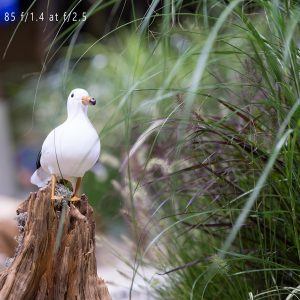
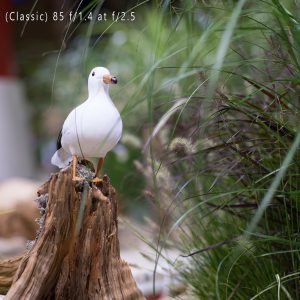
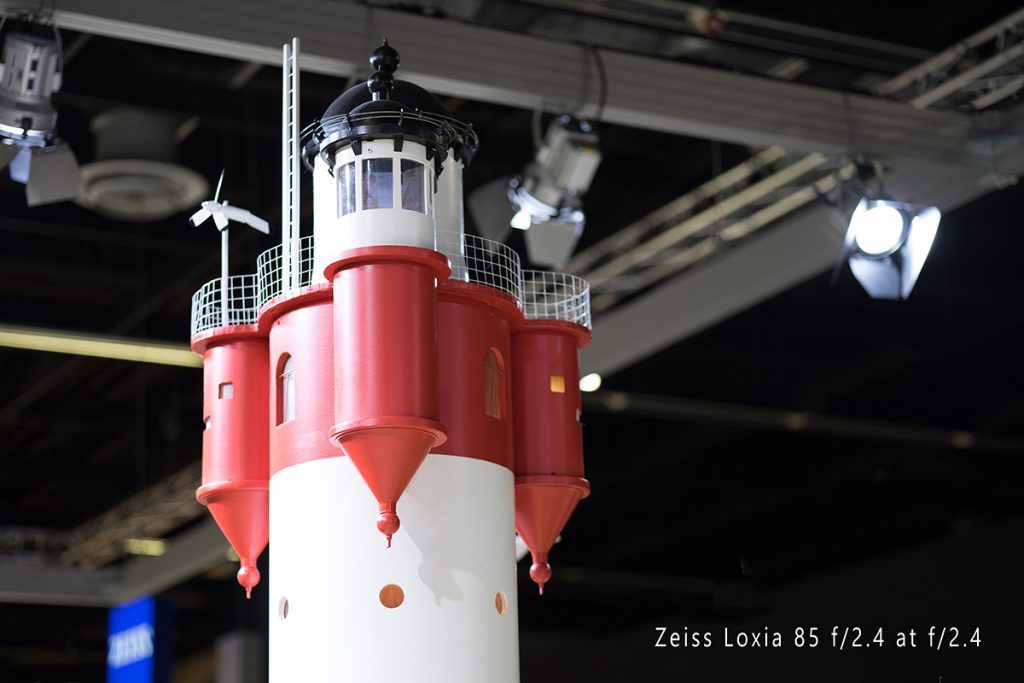
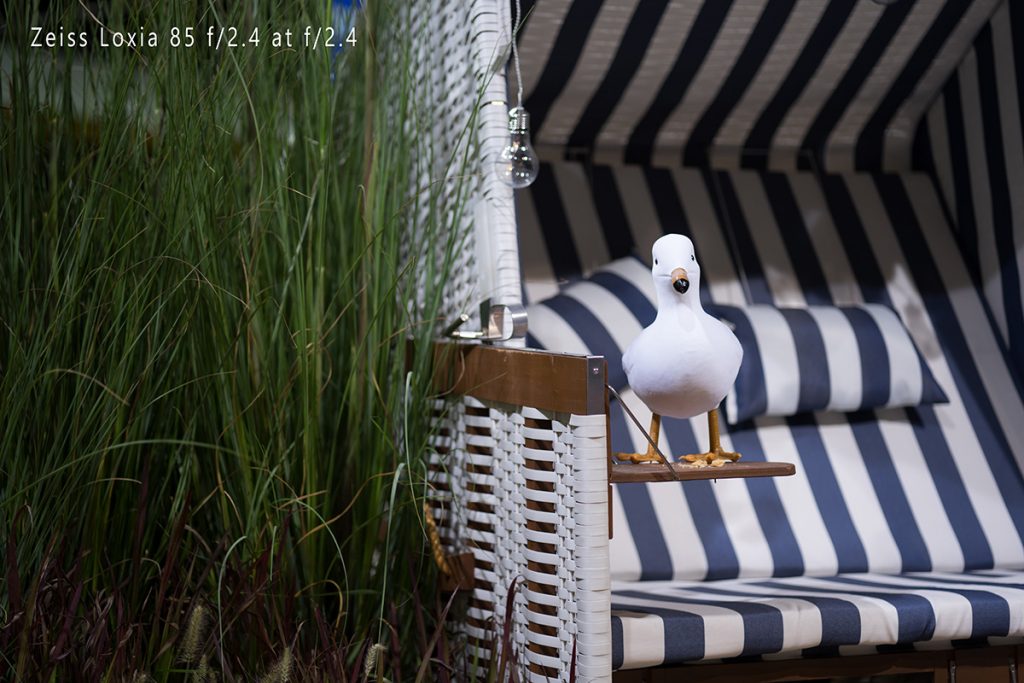
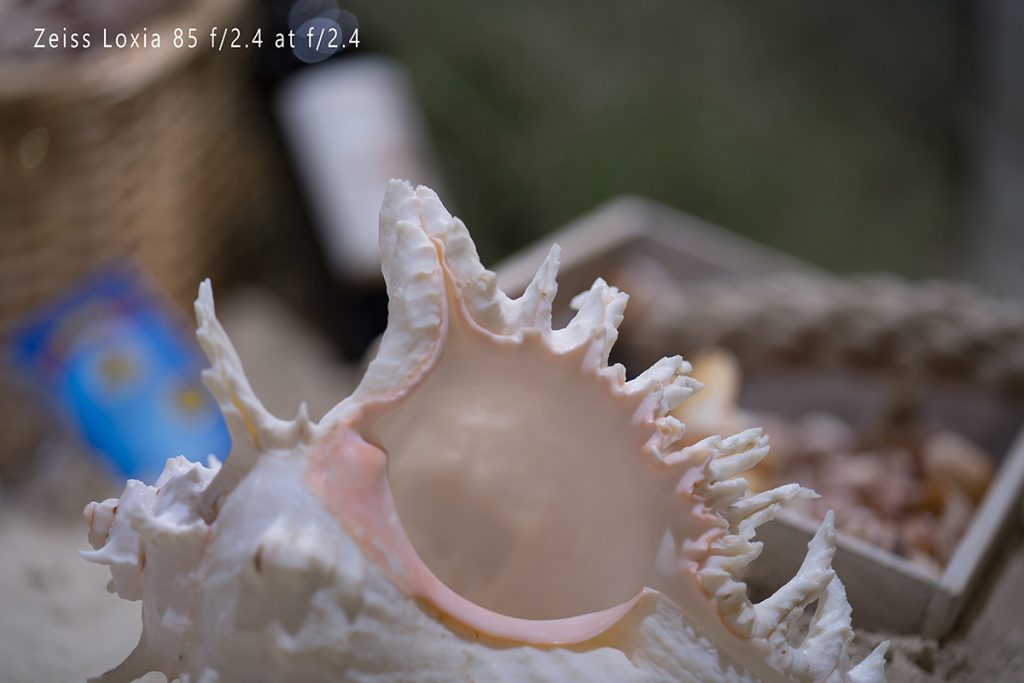
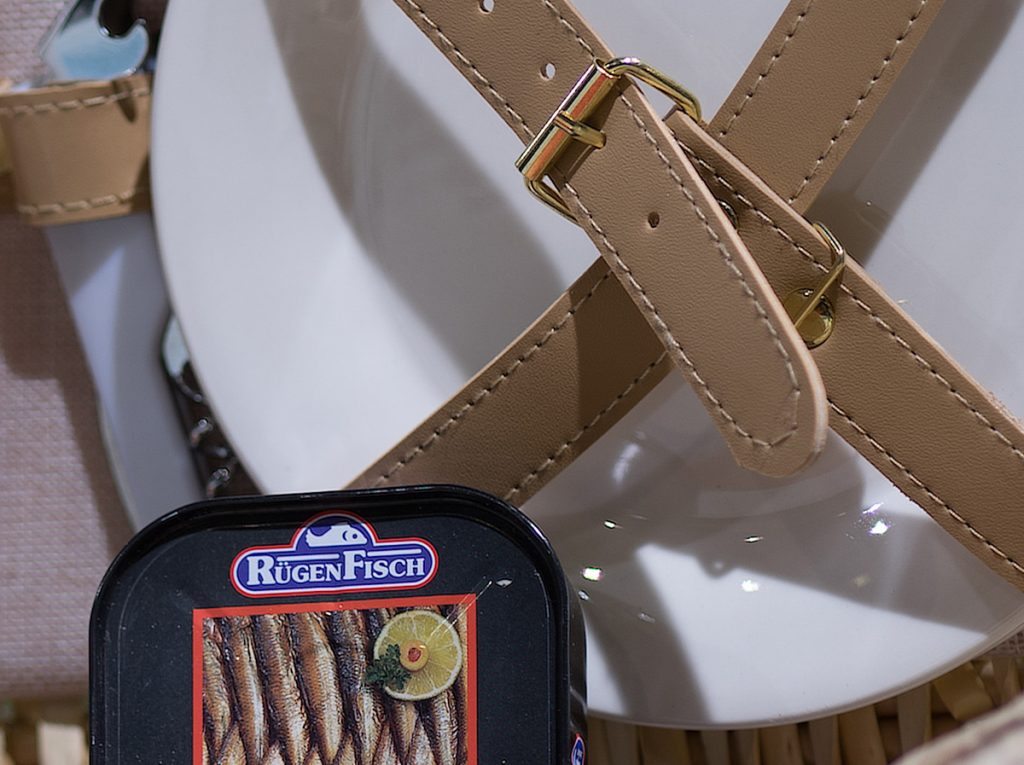
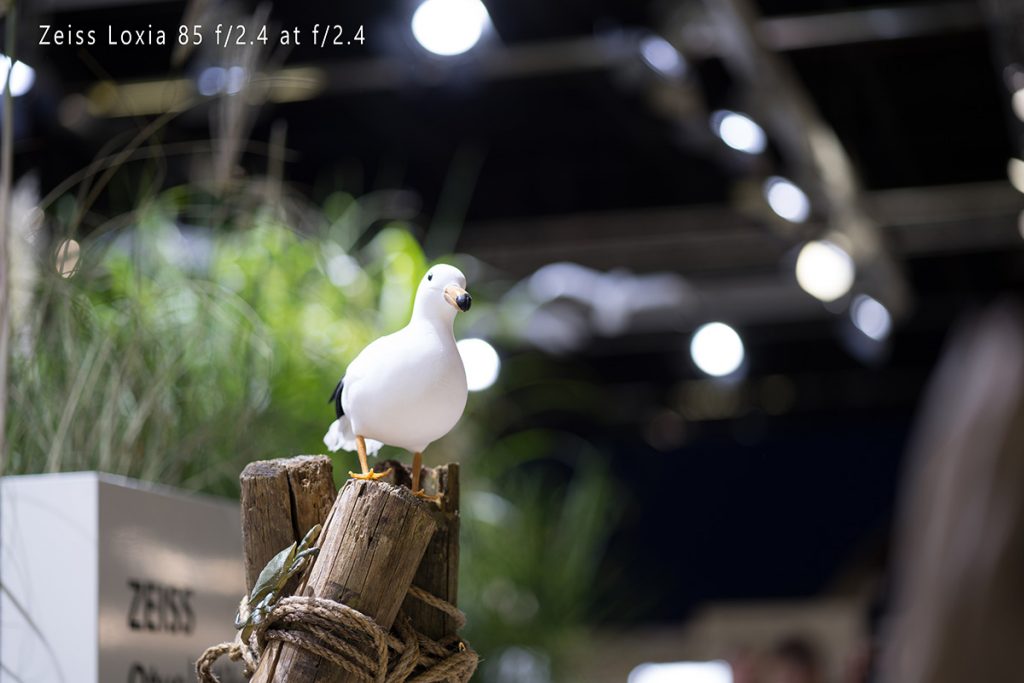
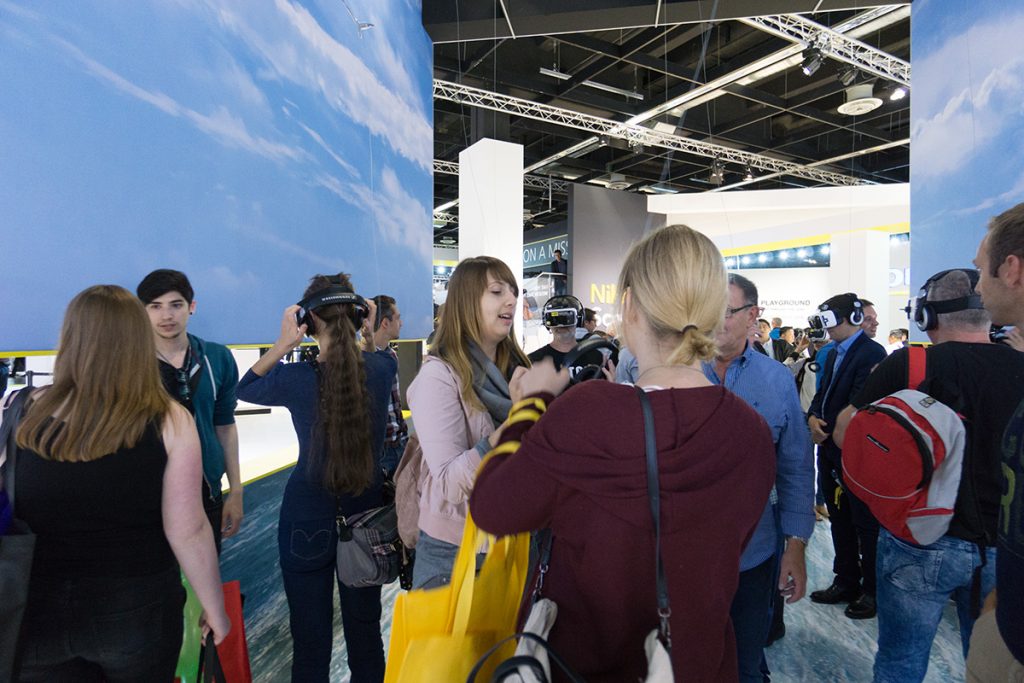
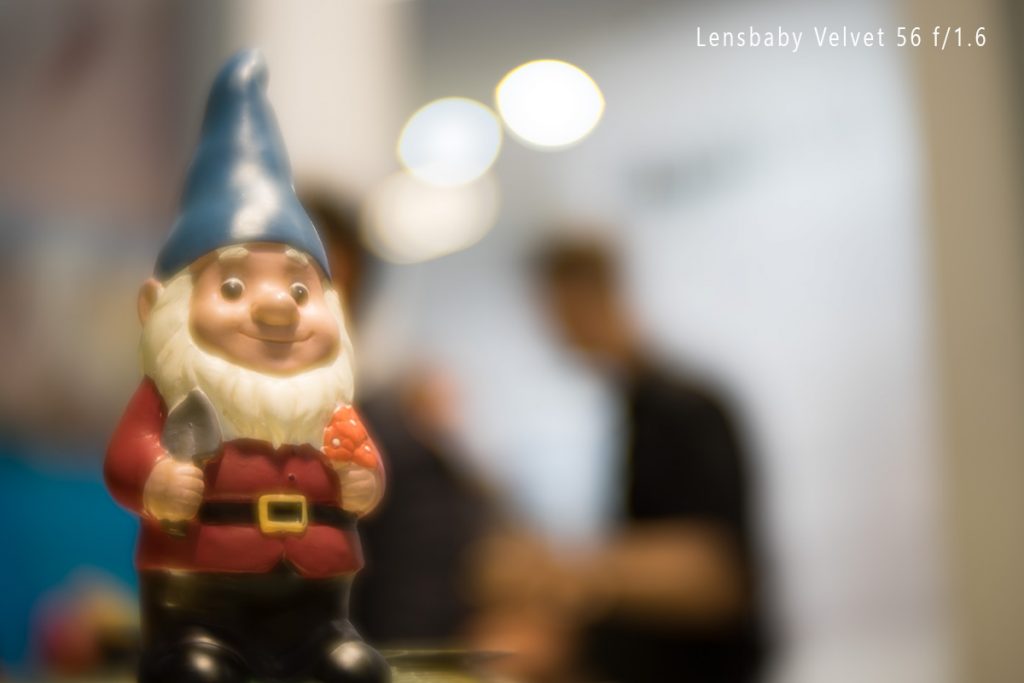

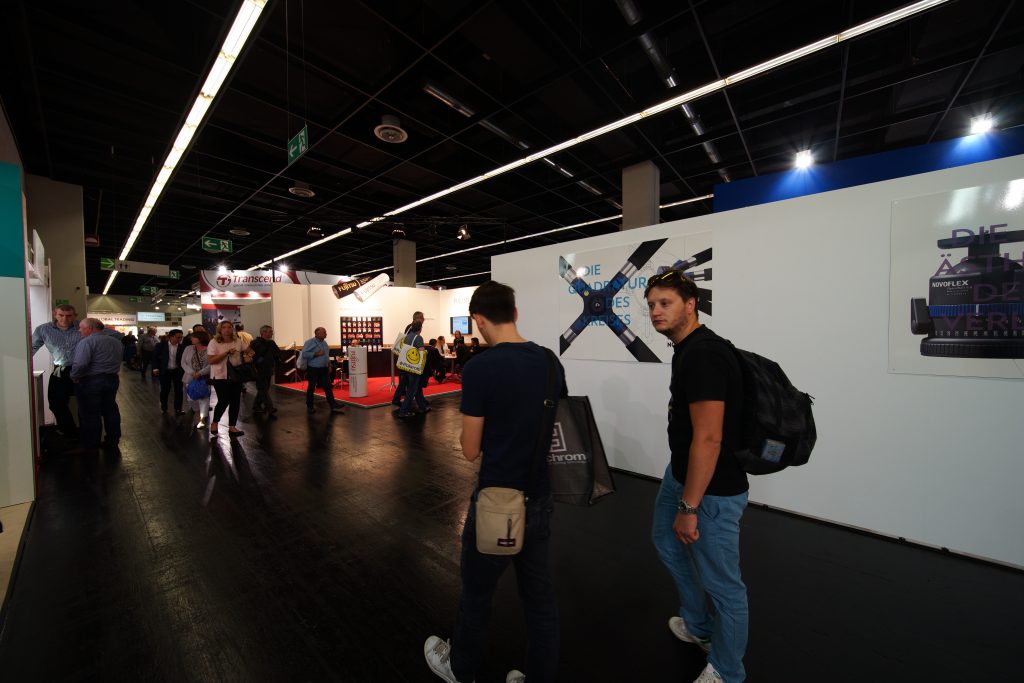
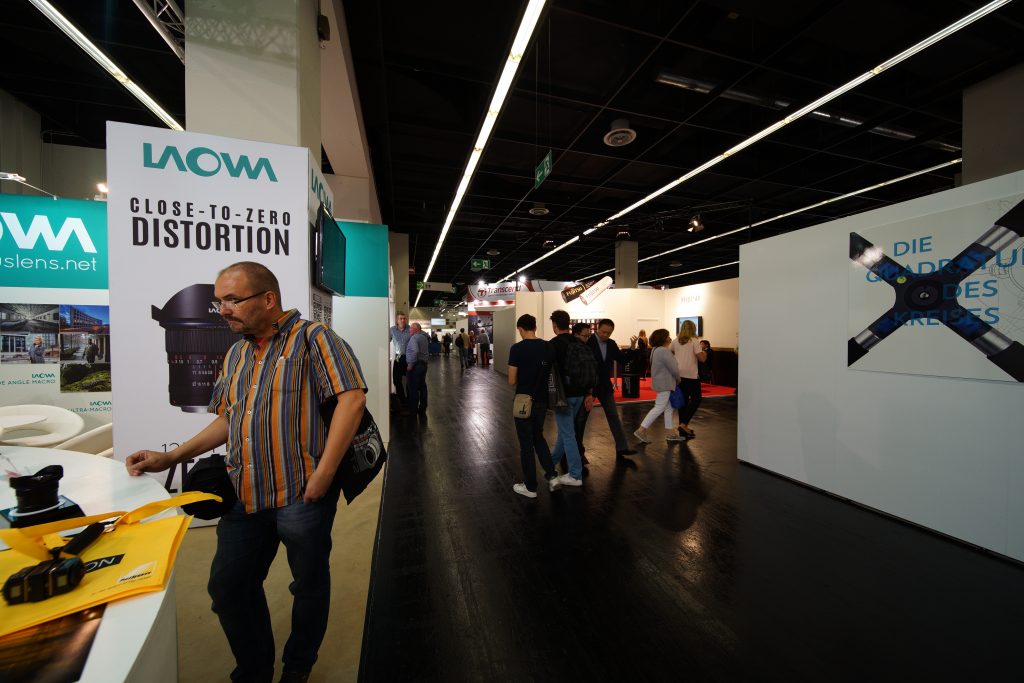
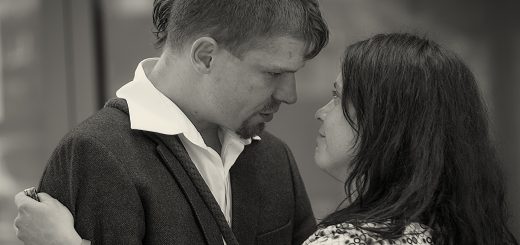
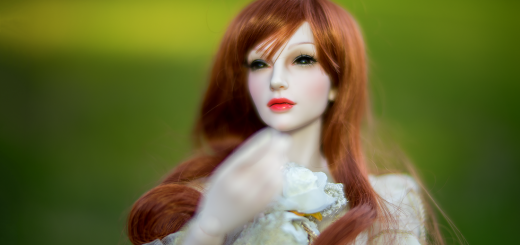













Hi Victor,
can you please ask about Leica Summaron-M 28mm f/5.6 , when you visit Leica booth.
Thank you!
Hi Petr,
since you are first to ask, I will definitely go for it. Is there anything specific you would like to know?
Hi Victor,
since its F5.6 lens it should be small, sharp and well corrected lens for street photography.
The question is when it will be available and price.
Thank you and enjoy Photokina.
Petr
Hi Petr,
I went to Leica stand but they didn’t have 28/5.6 yet. Leica representative first didn’t know what I am talking about, than he said – “Aaa soo” and than he told me that he doesn’t know much about it, except that it is very small and very sharp edge to edge. No price info yet, but he said that it should be released next week, so I keep crossing my fingers for you.
Cheers, Viktor
Very small, very sharp. Sounds like street photographers dream!
Thank you Viktor!
Hi Viktor! What’s your impression of AF and MF implementation of the new Sony 50 macro? Would be nice to compare it’s behavior to 55 or 50/1.8.
Hi Alex,
AF was responsive, I wouldn’t call it super fast but similar to 55/1.8. I didn’t try MF, good point. Will try tomorrow if I manage to get back to Sony.
The lens however looks very sharp at least in the center (I can’t really test it there on the alligned flat target) in both macro and medium distance form f/2.8. It’s similar size to 55/1.8 but feels cheaper if one can say that. It has focus limiter.
Thank you, Viktor, for your comments!
* Being close to 55 in terms of AF is quite an achievement, I’d rather be careful with the statement. Does the focus travel through the range each time you refocus, like the original 50/1.8 did before s/w upgrade (don’t know how it is after)? Try to click the focus limiter too, please. If in DMF, try to prefocus manually and then press the shutter — does it find the focus quicker or searches for it again?
* Another point is LoCA (color bokeh). The test images prove remarkable correction for LoCA at macro range. It would be great to test it at the normal portrait distances too!
Have a nice time there!
Sorry Alex, I confused 55 for 50/1.8. I tried lens today more thoroughly and the focus speed depends on the selected range limiter. In the full range, lens will take quite a bit to re-focus from the MFD to infinity, but it is still relatively acceptable. There is limited range from 0,3-0,16m which is actually quite a big range in macro world. Focus there is pleasingly sharp. Finally there is 0,3 – infinity range, in which canera focus fairly fast. I tried to capture some video for you, but it will take time to process it. I also captured few images at medium and longer distances and will post them soon.
Thank you, Viktor! You seem to be the first tester of this lens. Highly appreciated. Love your site too.
Hi Viktor,
can you please ask at Adobe booth if they are going to implement focus tweeking from dual pixel tech introduced in Canon 5D mkIV in Lightroom?
Thank you and enjoy the day 3 at Photokina.
Petr
P.S. Did you had a chance to have a look on Sirui camera bags?
Hi Petr, on Adobe booth they told me to check last update (releazed two days ago), but they weren’t sure if the dual pixel functionality was added. On Canon booth they told me that only DPP can manage it. I captured few files to try it myself when getting back home, so I’ll let you know.
I visited Sirui and asked about bags for you. They don’t have prices yet, but bags looks nicely made, mainly from some sort of vulcanized canvas (I am sure it has much fancier name). There were many other bag producers so it would take all day to go through the offer though…
Vulcanized canvas? Spock approved!
Thank you Viktor!
Petr
Hi victor, first – thanks for blogging! Loved your milvus/classic/otus comparison! Ive been on fence about getting milvus 85 for about a year now (or however long its been since that lens was released), but ive been waiting for this loxia to come out because milvus on a7 body is clunky and would probably require monopod or tripod, while loxia ergonomics is best photography experience ive had (w/ loxia 50). The hesitation on the milvus is exactly what u said… im worried it would stay in the bag because it would be a pain to use. So, if loxia 85 fits my needs id much rather get it.
The big question i have is on 3d rendering. Zeiss flickr album loxia 85 portraits look flat (though still very nice), however, your portrait of nice zeiss lady appears to have good dimension/3d rendering.
As someone that has used otus/milvus/classic and loxia, where would you put the loxia’s ability to create the impression of dimension and 3d appearance? I dont need a scientific, objective assessment. Asking for your opinion here 🙂
Hi Micah,
in my experience – that famous 3D effect depends on a few things – micro contrast, lighting and composition. Important lens propriety is also ability to preserve high contrast in back-lit situations. Most effective 3D will apply withe a light coming from small angle from the side or back (3/4) of yor subject. If the kens loose the contrast, the edges of your subject (body or face outline) will dissolve in the background and image will be flat. If lens can preserve high contrast, you have good chances to achieve 3D look. Finally, there is purple fringing that will affect edges. While it can be almost invisible, this aberration will cause softer edges, even if you try to remove its color. To your question – I believe that any of 3 Zeiss 85 – Milvus, Batis and Loxia will have same ability to create 3D effect with Otus being better (no CA) and classic Plannar being slightly weaker (more SA). What will differ is isolation potential – achievable amount of the blur at same situation (f/1.4, f/1.8 and f/2.4). In other words, if you find good composition (background, subject and related distances, good color separation and good light) any of above mentioned lenses will create 3D look, but with Milvus or Batis, you’ll be able to isolate your subject slightly more (3D might look alightly deeper, if you kniw what I mean).
Hope it helps,
Viktor
Hi Viktor,
Thanks for the great reply! Do you have a visual reference for the small angle, side or back, 3/4s light position? Is this basically a hair/rim light you are refering to or something else?
It is sort of rim light, just that you don’t make it in studio and usually it’s not that contrast because there is lot of light reflecting from the background. In rim light you create lighting outline of the subject. In the natural back/side light, you are boosting contrast on the rim. Regarding samples, that is very individual, what we see as a 3D. You can check few images where light and bokeh helped images to get sort of 3D, but I am not big fan of it, I am usually trying to reduce contrast and to create rather dreamy atmosphere. BTW, last image was shot with Sony SEL 55-210, lens that definitely has nothing to do with 3D pop heritage.
https://flic.kr/p/HpC3mk
https://flic.kr/p/FDvKKy
https://flic.kr/p/HRSfER
https://flic.kr/p/D1o8Jr
https://flic.kr/p/pM17kG
https://flic.kr/p/bEsCRn
Really dig the first image of the boy (def has 3d look to me) and the bride is awesome!
While the samples are appreciated, i should have been more specific and asked for a diagram… though i think i can figure out where light was based on the images. Thanks again for taking the time to answer my questions thoroughly!
Hi Micah,
I don’t have diagram, but it is really simple – shot early morning or late afternoon when sun is close to the horizon and try to get sun beside and just slightly from behind of your subject (Between 1 and 3 O’clock). You will need to bounce or fill some light in the front.
While setup is easy, exposure is not and it will depend on many, many variables (colors, luminance, tonal gradations, content, structure etc.). That is creative part and there is no right or wrong (well, you know what I mean :-)), but relation between main light, fill light and exposure settings will have big impact on the resulting image and 3D look.
I can strongly suggest the book “Light – Science and Magic” if you haven’t read it, it is my bible since my first steps in the photography.
While I might seem to underestimate importance of the lens for 3D effect, it’s just the opposite – lenses with high micro contrast and good preservation of the contrast in back lit scenes, as well as the lenses with well corrected CA, will make the effect easier to achieve and more powerful. Some lenses however might have disruptive bokeh (sphero-chromatism, LoCA, undercorrected or overcorrected SA, aspherical circles – onion rings, etc.) so even if they are sharp with good micro contrast, 3D effect can be hard to achieve in some situations (with lot of highlights in the background e.g.)
However, if the light is flat or too harsh, even the best lens can rarely render 3D look. (In my experience)
Hi Viktor, two more questions for you
1. Were you close to MFD for portrait of nice zeiss lady? Trying to get a feel for bokeh quantity of loxia 85.
2. I have read your comparison with 85 classic. I use mobile device while on the road and i’m having difficulty seeing if lens is “sharp enough.” Reportatedly, wide open lens is fairly soft. However, i dont need ultimate resolution in portrait optic. I do need good detail in eyelashes though. For reference, i use lieca r 135 f2.8, and with (recently acquired 🙂 studio strobes i have more than enough detail in optic older than me. Can you provide in focus eye crops with 85 classic, or speak to its ability to render detail in eyelashes wide open? What about at 1.8 and 2.0? I know you said from 2.8 it is hard to distinguish between lenses so not concerned there.
Thanks!
Hi Micah,
I don’t have “Classic 85/1.4” it was borrowed from my friend, so I can’t make sample images for you, sorry. From the old test, I can comment – that because of slightly more pronounced spherical aberration, classic 85/1.4 has a “softer” feeling of wide open rendering. Will you see details in the eyelashes will depend on your distance to the subject, light (quality and direction) and viewing distance (or magnification). I wouldn’t be afraid of lack of detail though, slightest focus shift (imperfect focus) of mighty Otus will cause bigger detail loss than optical quality difference might indicate. Just take a look at the bunch of great portraits taken with Classic 85/1.4 and don’t worry… Image with Loxia (Zeiss lady) was taken at close to MFD distance, but there was still a little space. I see the bokeh of Loxia very similar to Milvus 85/1.4, of course – stopped dawn to f/2.5.
Cheers,
Viktor